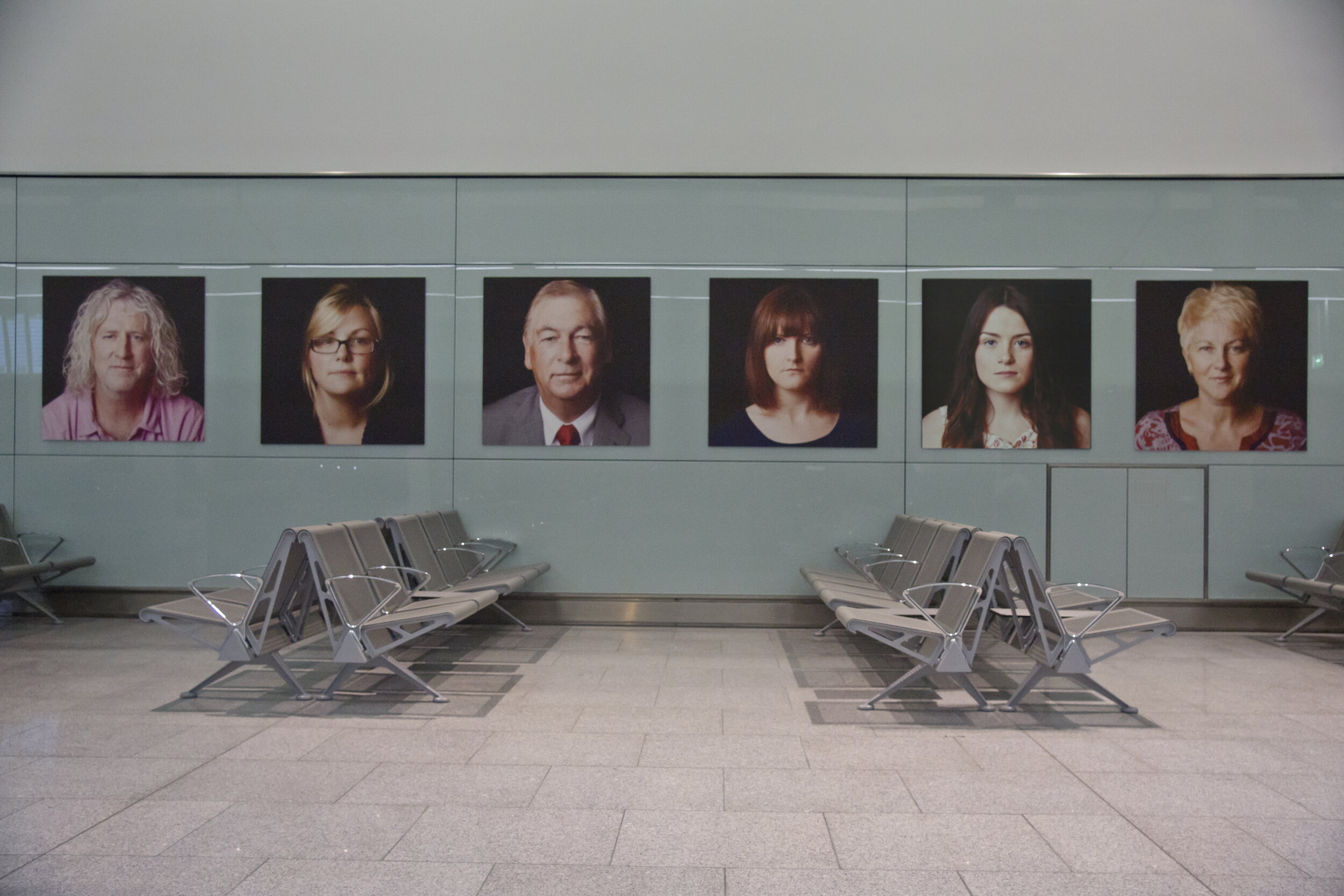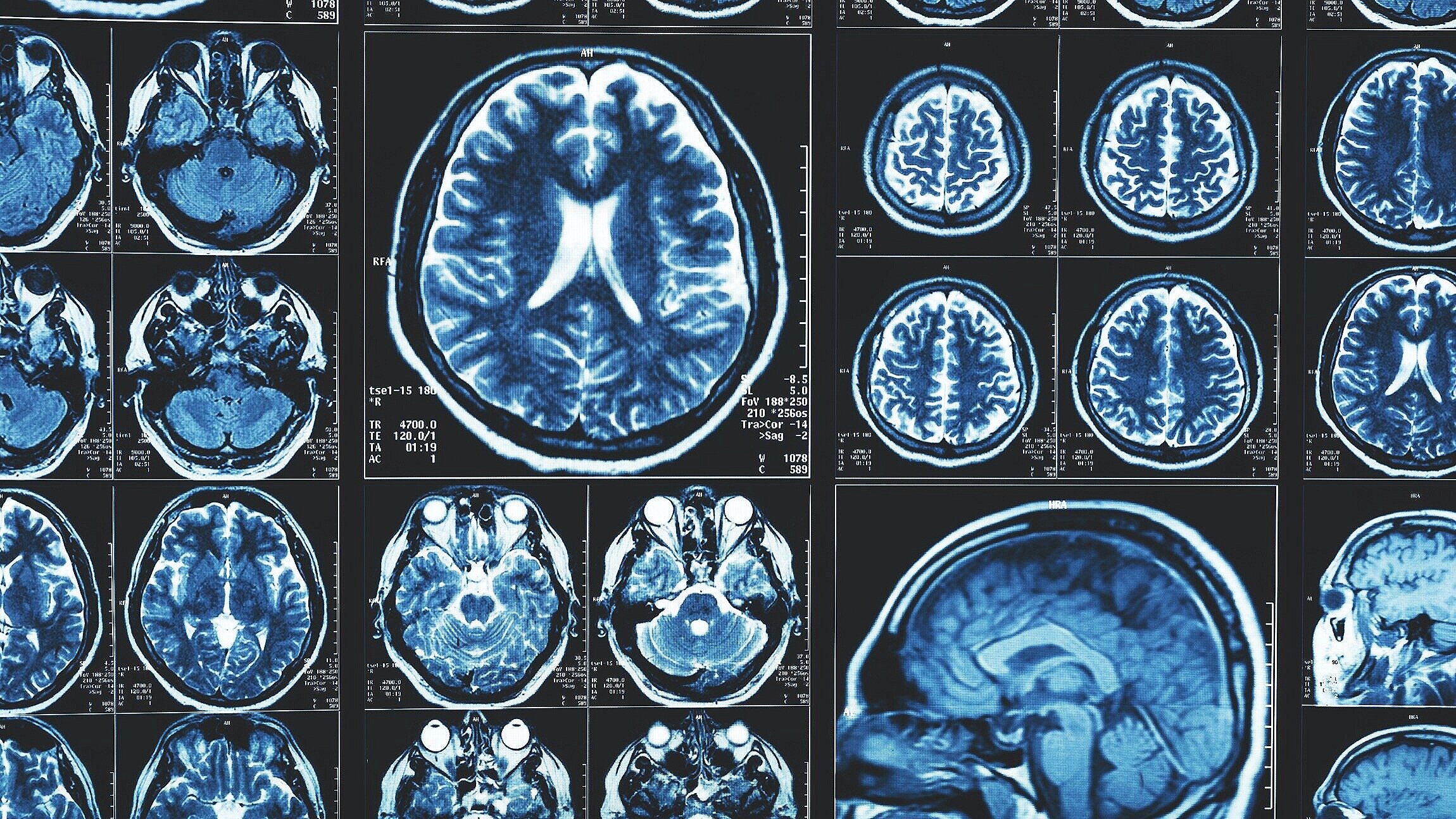
WHAT DO WE investigate?
Person Perception
What processes do we use to make social meaning of a person’s face? A brief glance can reveal the social groups to which a person belongs, the emotions they feel, and even the personality traits they likely possess, but how? How does our own social knowledge and past experiences shape perceptions?
Social Vision
Our research explores how what we think and believe about the social world can influence the visual “reality” we see before our eyes, and it identifies the neural mechanisms involved in these social cognitive impacts on visual perception.
Stereotyping & Bias
How are stereotypes and less conscious forms of bias learned and maintained in the brain, and how can they be reduced or even eliminated? What are the effects of the stereotypes we implicitly hold on perception and behavior?
Emotion
How do we perceive other people’s emotions, and how is this shaped by our own understanding of emotion and our affective experiences? Conversely, how are our affective experiences and understanding of emotion affected by perceptions of others?
a multi-level approach
We incorporate brain- and behavior-based techniques together with insights from social psychology, cognitive neuroscience, affective science, and vision science to gain a more complete and accurate understanding of the phenomena we study.

RESEARCH TECHNIQUES
fMRI
We use functional neuroimaging to identify the brain regions involved in the phenomena we study. We often use neural-pattern decoding techniques to identify how different types of social information are represented throughout the brain.
EEG
By measuring electrical signals produced by the brain, we can explore the neural processes that underlie different aspects of social cognition, especially the timing of these processes.
Computational Modeling
Creating computational models allows us to better understand the processes underlying social cognitive phenomena at an algorithmic level, which we then corroborate with human data.
Behavior/Mouse-Tracking
We use a wide range of behavioral paradigms. Recording response-directed hand movements via mouse-tracking enables us to uncover the covert processes that lead up to subjects' explicit responses. We also use ratings, reaction time, eye-tracking, and survey tasks.
our research team

Recent Publications
In The News
WanT TO GET INVOLVED?









